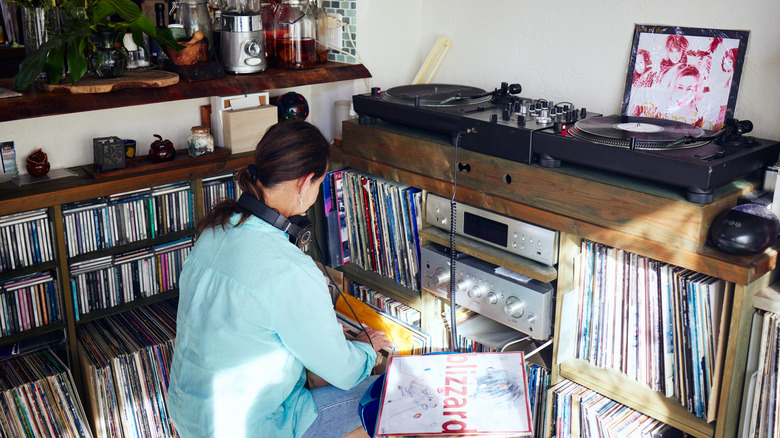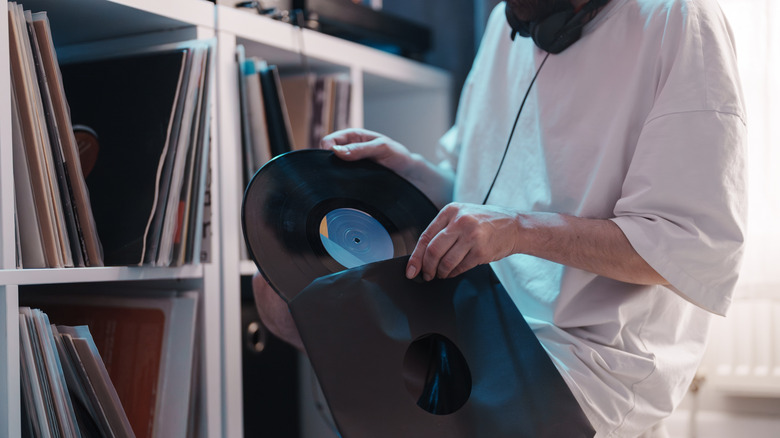Sorting Your Vinyl Records: Alphabetize Or Not?
Anyone with a sizable vinyl collection has wondered how best to organize and display their records. There are plenty of methods to use, but most folks opt to alphabetize their vinyl. Other methods include arranging albums by release date, vibe, label, or the date of purchase. Let's look at the pros and cons of the ABC order method, compare it to other options, and help you find the best storage method for your vinyl records.
One reason alphabetization works is because it's simple and intuitive enough for anyone to use. When you buy a new album, you can slide it into the appropriate spot easily. Adding dividers with letters on them helps you keep a larger collection organized and find the section you need quickly. The method offers some room for individual flexibility, too. You can organize by artist first name or last name. Alternatively, you can sort by album name for a slightly more unique way to shake things up. This could be confusing for other people who visit if they're not aware of how you're alphabetizing the collection, though.
Overall, this simple approach works just fine, but you might find some annoyances with it as you use it. For example, if you factor in the word "The" in band and album names, you might end up with a huge "T" section that's annoying to look through. The biggest quirk of this method, though, is how you'll factor in compilations, soundtracks, and other unique record types. Their often odd names can throw a wrench into your nicely organized system. Sometimes, you might know you're in the mood for a certain type of music, but alphabetization mixes all the genres together, making it more difficult to browse based on how you feel.
To alphabetize, or not to alphabetize, that is the question
As for other clever vinyl storage solutions, the next most common option is going by genre. You'll group all of your rock albums together, then your hip-hop, then your jazz, etc. You can opt to alphabetize within each genre, or just let things be. Alternatively, sorting your records by mood or vibe makes it easy to find the perfect record when you can't be bothered to sift through your entire collection. Some collectors prefer more uncommon methods, such as arranging by time; here you could organize by your albums' release dates or even more generally by the decades when they came out, which is somewhat similar to the vibe method.
Perhaps the most unique options are to store simply in the order in which each record was purchased (called the autobiographical method) or last listened to. These both offer a more randomized organization method that reflects your current musical tasks and helps everything in your collection receive more play time. It's also a fun way to show off your lifetime purchasing odyssey. And that's the whole point of curating a great record collection, right?
Now if your vinyl consists primarily of one genre, especially jazz or classical, you have another option: organize it by label. This lets you easily see which artists you have from particular labels or if you're missing key albums from a specific label. Or best of all, find some unique combination of two or more of these methods for a personalized approach. Whether you alphabetize or not, there's no right or wrong way to sort your vinyl records — it all comes down to what makes the most sense to your brain and for your listening habits.

